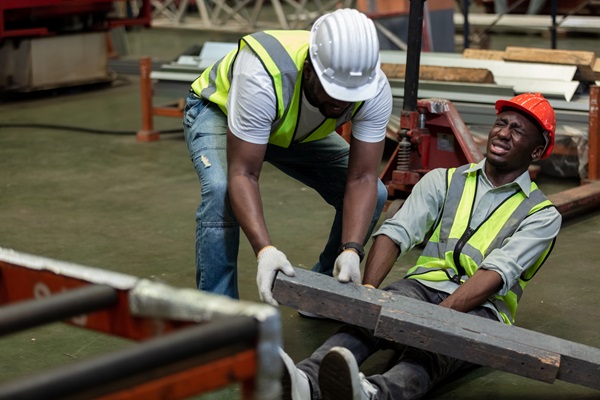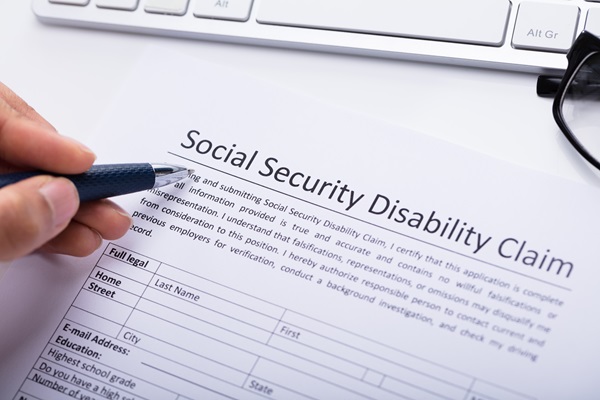You Still Have Rights Even If a Stranger Was at Fault
Getting hurt on the job is stressful enough without worrying about who caused it. But what happens if your injury was actually caused by someone who does not work for your employer? Many New York workers are surprised to learn that they still have full access to workers’ compensation benefits, even if the person who caused their injury is an outsider.
These situations come up more often than people think. Maybe you drive a delivery van, and another motorist runs a red light and hits you. Maybe you are working on a job site and an employee from another contractor accidentally drops equipment that hits you. Or perhaps you were making a service call and slipped on a freshly mopped floor that the building’s staff failed to mark with a caution sign.
All of these examples involve someone not employed by your company. They can also still lead to a valid workers’ compensation claim. In New York, workers’ compensation is generally a “no-fault” system. That means you do not have to prove your employer was careless, and it does not matter who caused your injury. As long as you were performing your job duties when you got hurt, you are covered.
Filing for Workers’ Compensation Benefits
The first step after any work injury, regardless of who caused it, is to report it to your employer right away. New York law gives you only 30 days to notify your employer in writing. After that, your employer or their insurance carrier will begin processing your workers’ compensation claim.
Workers’ comp can pay for your medical treatment and provide wage replacement if you are unable to work. Even if the person who hurt you does not work for your employer, your claim remains with your employer’s insurance. They are responsible for paying your benefits.
For example, if you are a delivery driver for a bakery and get hit by another driver while on the road making deliveries, your injuries are still tied to your job. Your employer’s workers’ compensation insurance pays your medical bills and partial wages while you recover.
You May Also Have a Third-Party Lawsuit
Here’s where it gets interesting. If someone outside your company caused your work injury, you may also be able to file a separate personal injury claim against them. This is called a third-party lawsuit. Unlike workers’ compensation, which pays set benefits no matter who was at fault, a third-party lawsuit allows you to pursue damages for things like pain and suffering that workers’ compensation does not cover.
For instance, imagine you are a construction worker on a multi-contractor site. If an employee from another company accidentally knocks debris onto you, causing serious injury, you could receive workers’ compensation benefits through your employer’s insurance and also sue the other contractor’s company for negligence.
This combination of claims can be important because workers’ compensation alone often does not fully make up for all the losses you suffer after a major injury. Having the ability to pursue a third-party case could result in a significantly larger financial recovery.
Keeping Both Cases on Track
Handling a workers’ compensation claim and a third-party lawsuit simultaneously is common in New York. However, it does add complexity. Money you receive from a lawsuit could potentially impact your workers’ comp benefits, since the workers’ comp carrier might have a right to be reimbursed out of your settlement. This is called a lien.
That’s why it’s so important to have a lawyer who understands how to protect your rights and maximize the total recovery available to you. Choosing a law firm with deep experience in both workers’ compensation and personal injury law, like Pasternack Tilker Ziegler Walsh Stanton & Romano LLP, can make this process much smoother. Our dedicated legal team can handle every aspect of your workers’ comp and third-party lawsuit so you can focus on healing.
Why Legal Help Is So Important in New York
New York workers’ compensation cases can be complicated enough on their own. When another person outside your workplace causes your injury, the stakes are even higher. You deserve to understand all the compensation options that might be available.
Insurance companies, whether for workers’ comp or the at-fault party’s liability carrier, often look for ways to minimize what they pay. Having a skilled New York workers’ compensation lawyer means you will not be left to handle these negotiations by yourself. Your lawyer can make sure all deadlines are met, handle the paperwork, and fight to protect your interests every step of the way.
Get Trusted Legal Help After a Work Injury
If you were hurt on the job in New York City or anywhere in the state, and someone who does not work for your employer caused your injury, you need to have a clear understanding of your legal options. At Pasternack Tilker Ziegler Walsh Stanton & Romano LLP, we have spent decades helping injured workers understand their rights and secure the benefits and compensation they deserve.
Our attorneys are skilled in investigating these complex cases, coordinating workers’ compensation claims with third-party lawsuits, and holding the responsible parties accountable. We have recovered billions for hardworking New Yorkers and are ready to stand up for you.
Contact us today for a free, confidential consultation. We can help you determine your next steps and fight for every dollar you are entitled to under New York law.
“The insurance company tried to cheat me, but they never stood a chance thanks to Pasternack Tilker Ziegler Walsh Stanton & Romano!” — Stevie D., ⭐⭐⭐⭐⭐
Prior results do not guarantee outcomes.
Attorney Advertising.












